

By Kelly Drozd
This tutorial will explain how to use epics in agile software development with Jira. It will focus on epics in company-managed and team-managed projects.
When should I create an epic?Consider creating an epic if you have a large body of work that needs to be completed over several sprints or over a long period of time. You can also create an epic when you notice a pattern among several user stories, and you want to bundle them into one group. Check out our guide on Epics to learn about examples and templates.
10 minute read. Complete over 2 weeks or more
You are new to agile software development or Jira
You have created a Jira account, and a Jira project (Scrum or Kanban)
There are three ways to create epics in Jira: the Timeline, Backlog, and Global Create issue button. When you create an epic, you'll need to enter the following details:
The timeline view is useful for visualizing and planning large pieces of work that may be in progress right now or you may prioritize in the future.
First, enable the timeline view.
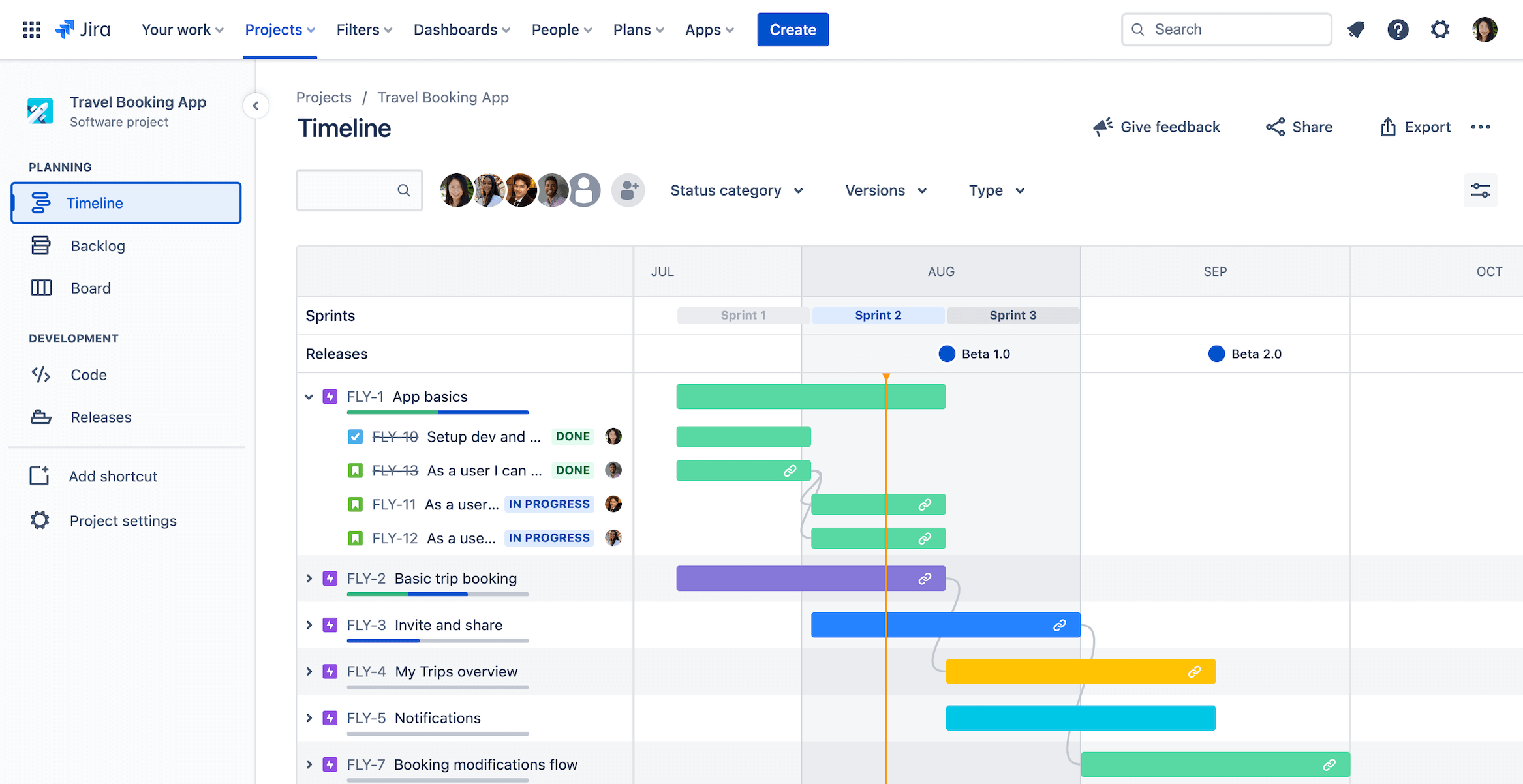 multiple epics in progress" />
multiple epics in progress" />
Pro tip: You can also create a new epic by hovering between epics on the timeline. Learn more about the timeline view in Jira.
You can create epics and any other issue types using the global navigation menu.
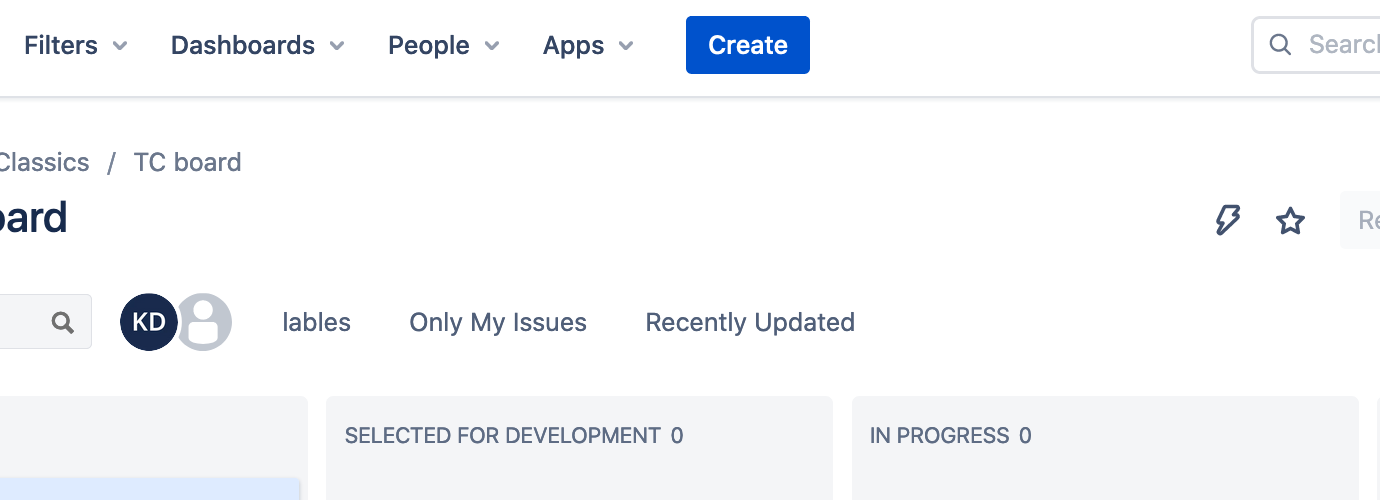
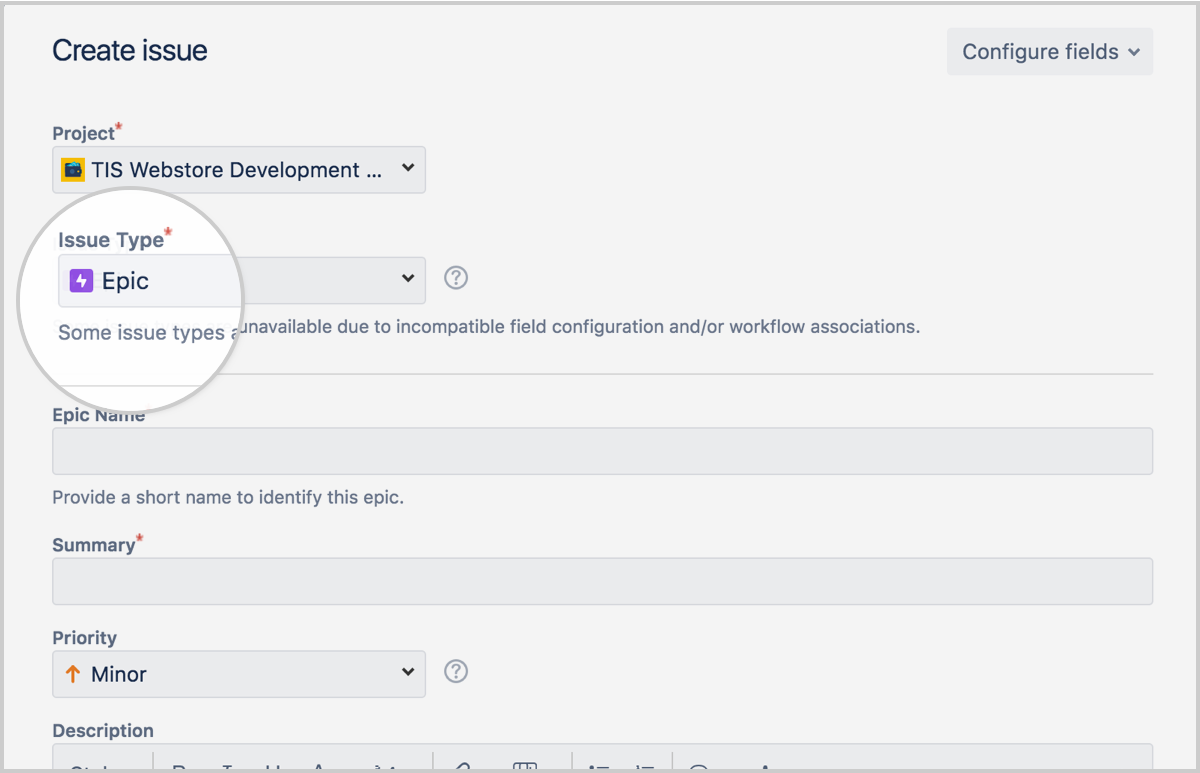
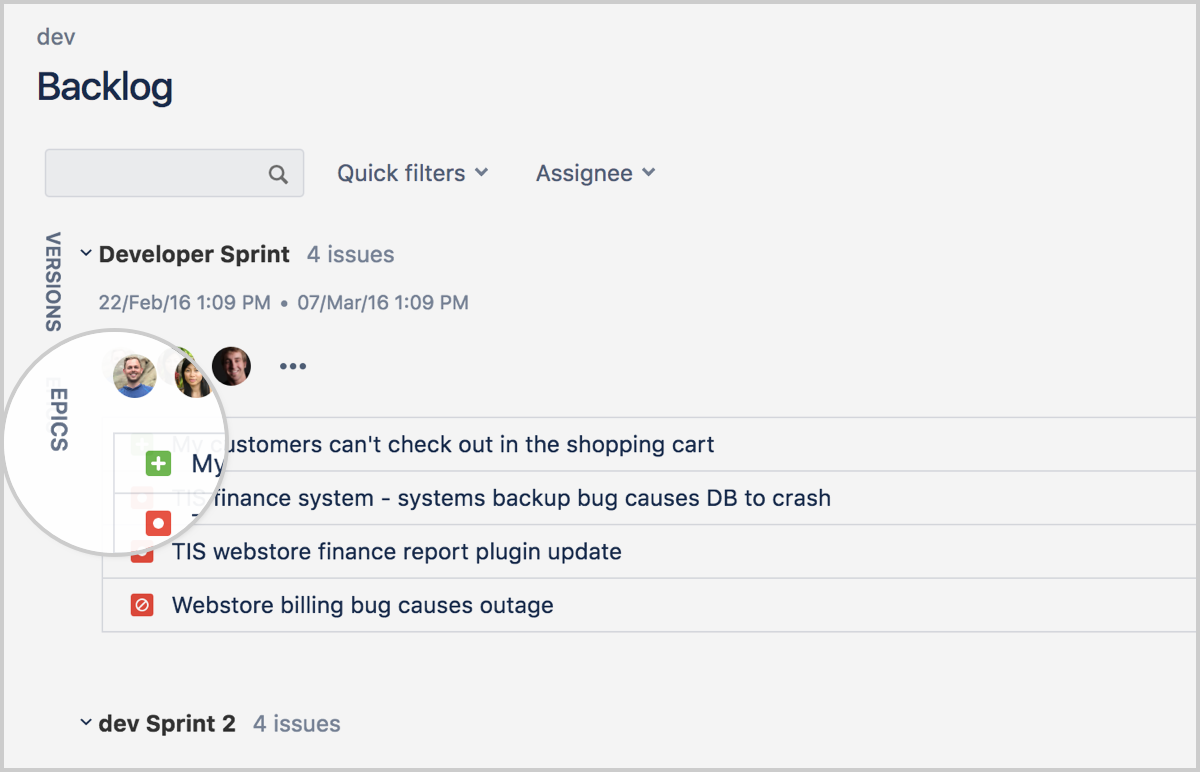
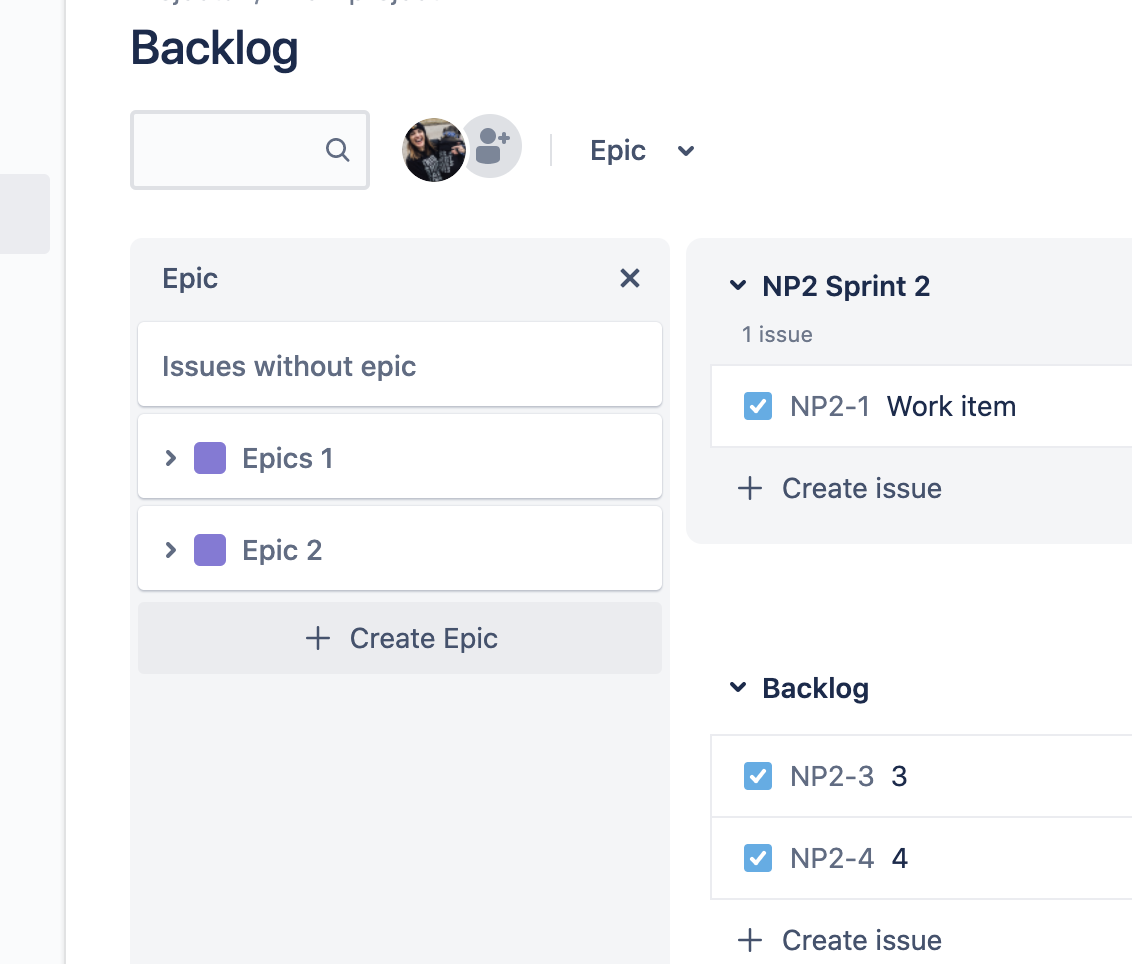
When you've created an epic, you'll need to add stories or child-issues to it.
What's the difference between epics and other issue types?Stories, bugs, and tasks describe a single piece of work, while epics are used to describe a group of issues that all relate to the same, larger body of work. Epics are typically completed over several sprints, or a longer time frame if you don't use sprints. Check out our guide on delivery vehicles to learn how agile teams gracefully manage scope and structure work. You can also reference the guide to working with issues in Jira.
There are two ways to add a story to an epic:
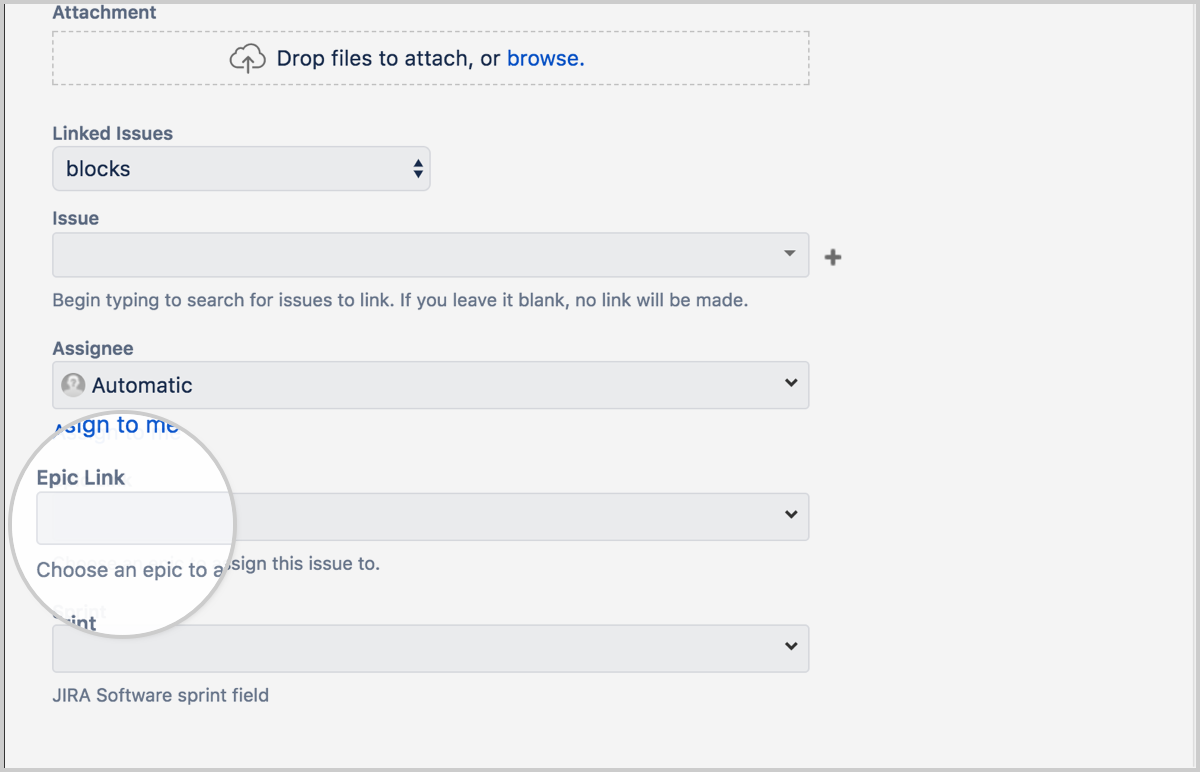
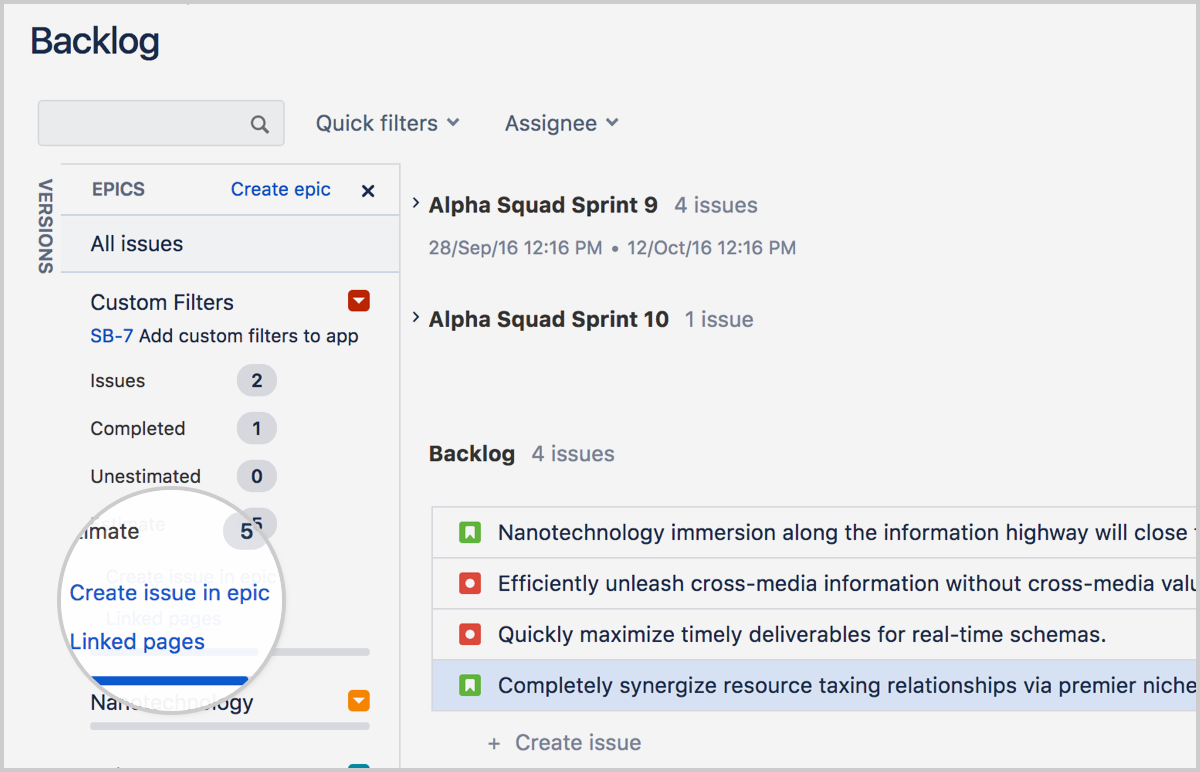
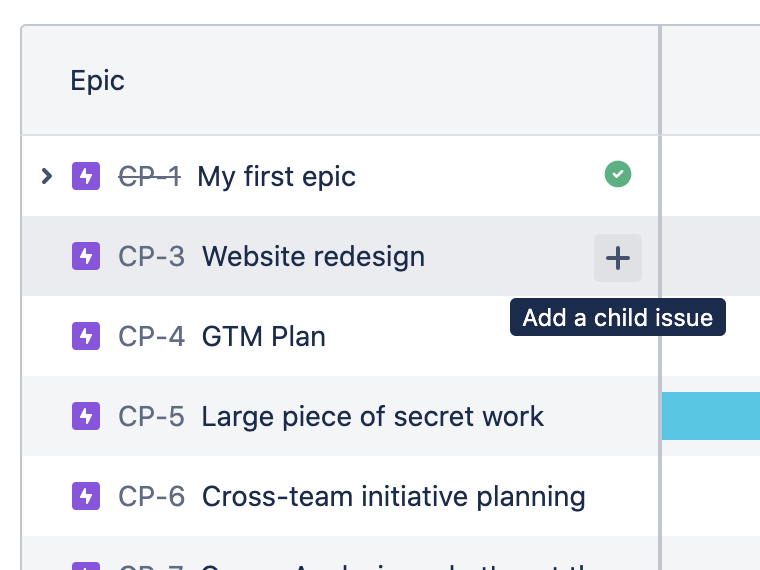
Navigate to either Backlog or Active sprints:
You can see information relating to all your epics in the Backlog.
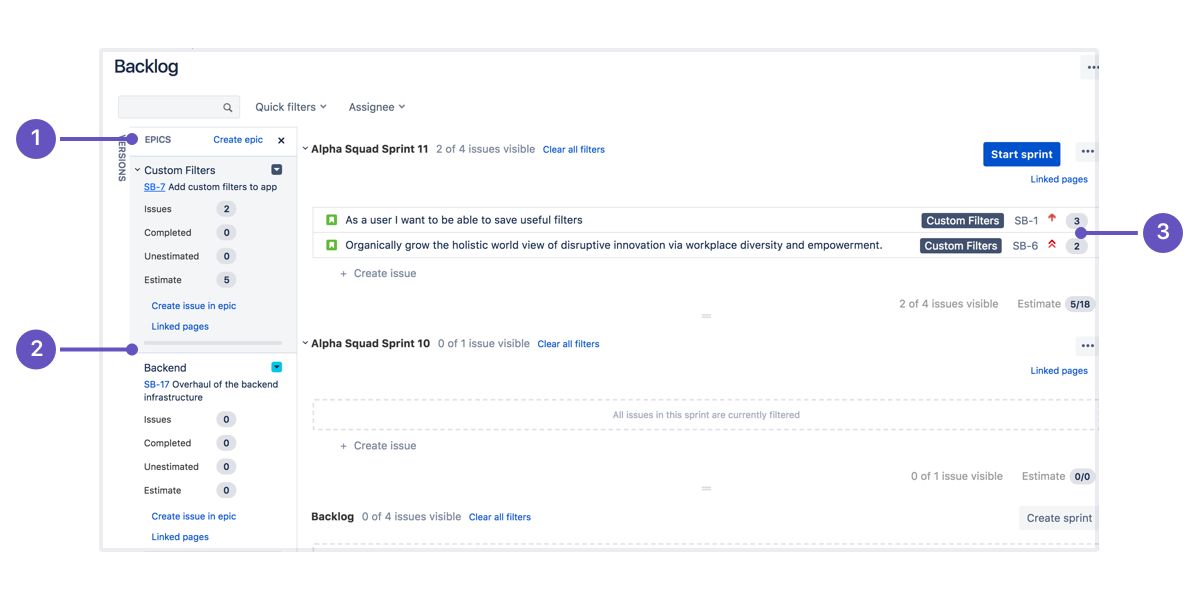
You can also view an epic issue to see a list of the stories it contains
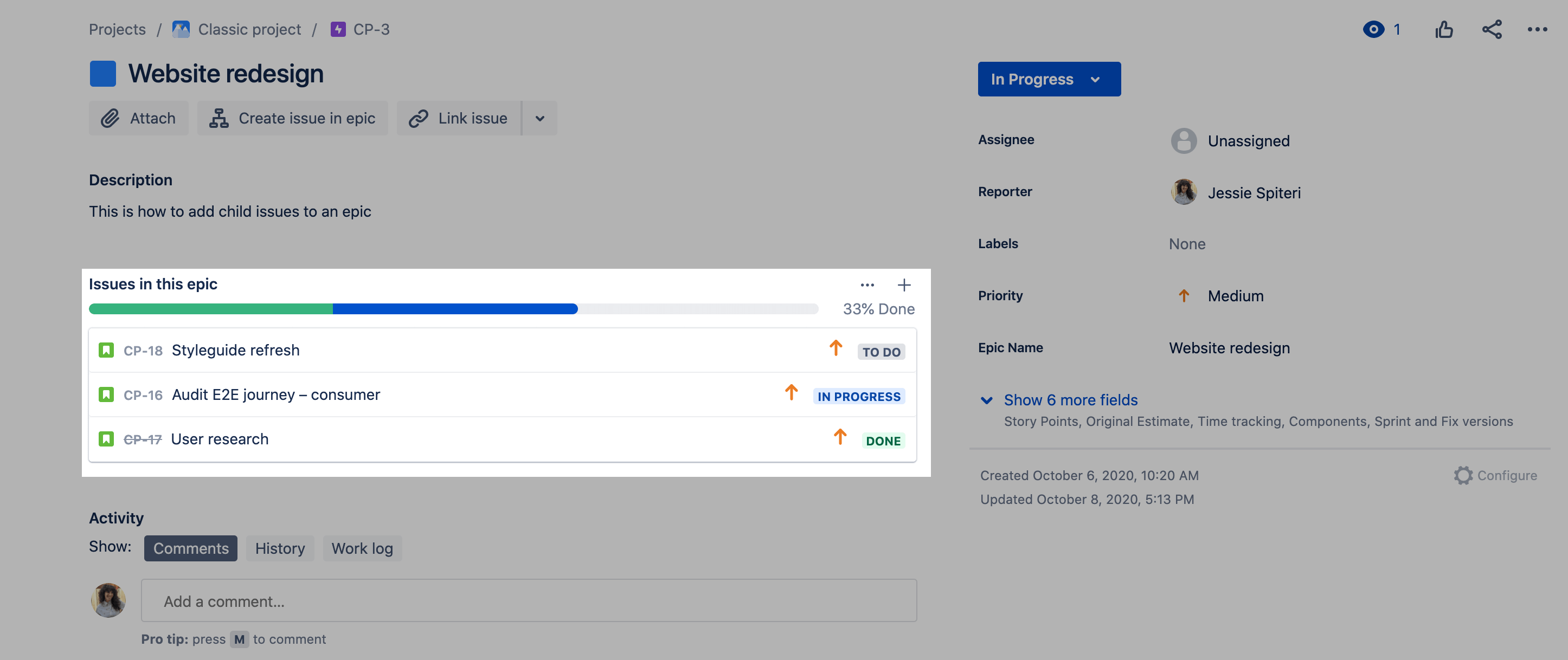
During a sprint, you might find it useful to divide your board into swimlanes for each epic, to make the board visually clearer.
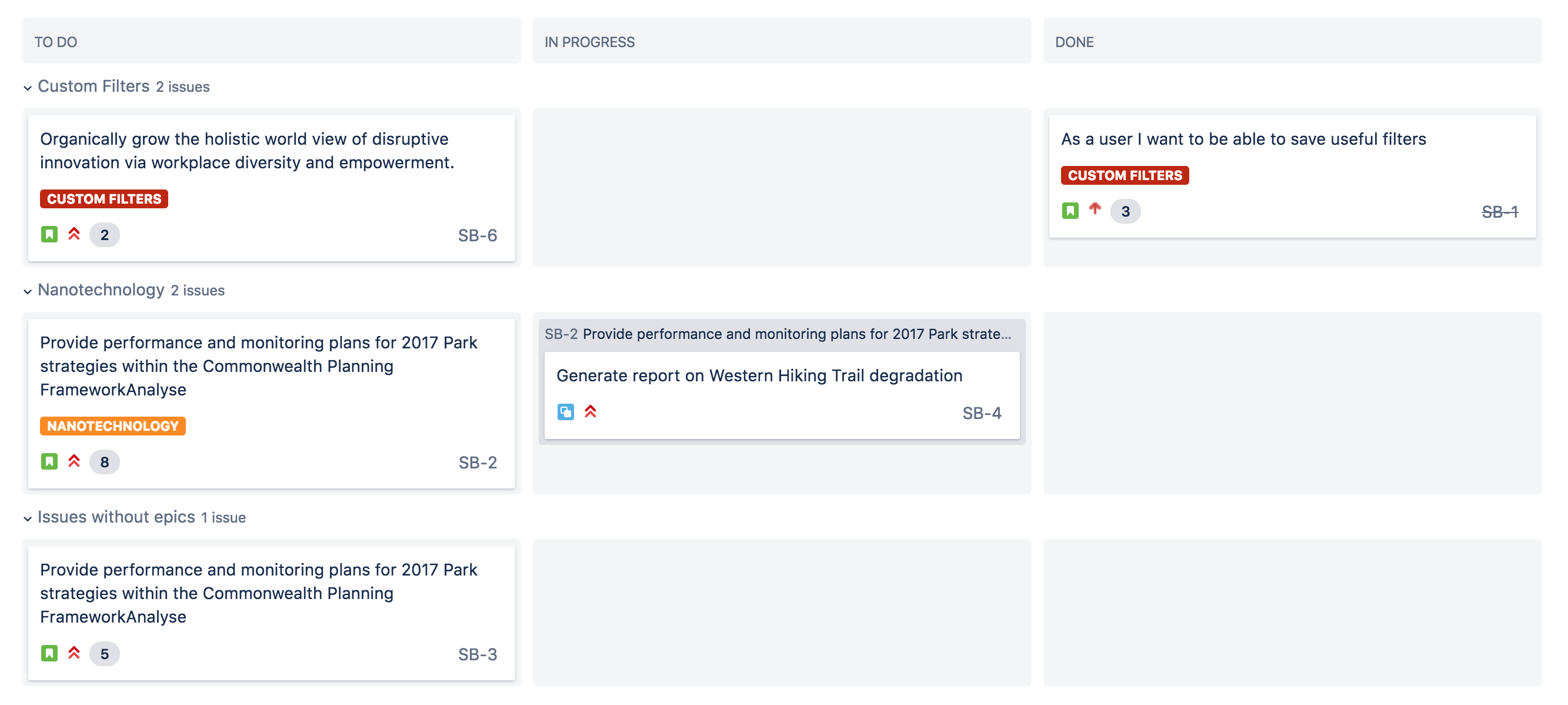
Here's how you can set this up in Jira:

When you start a sprint, your board will show issues grouped under their respective epics.
You may find it important to keep track of all incomplete issues attached to an epic. For example, if you have an epic that will span multiple sprints, you might find it useful to track the amount of work remaining over time so you can estimate when the epic will be completed.
In Jira, you can use the Epic Report to easily obtain this information.
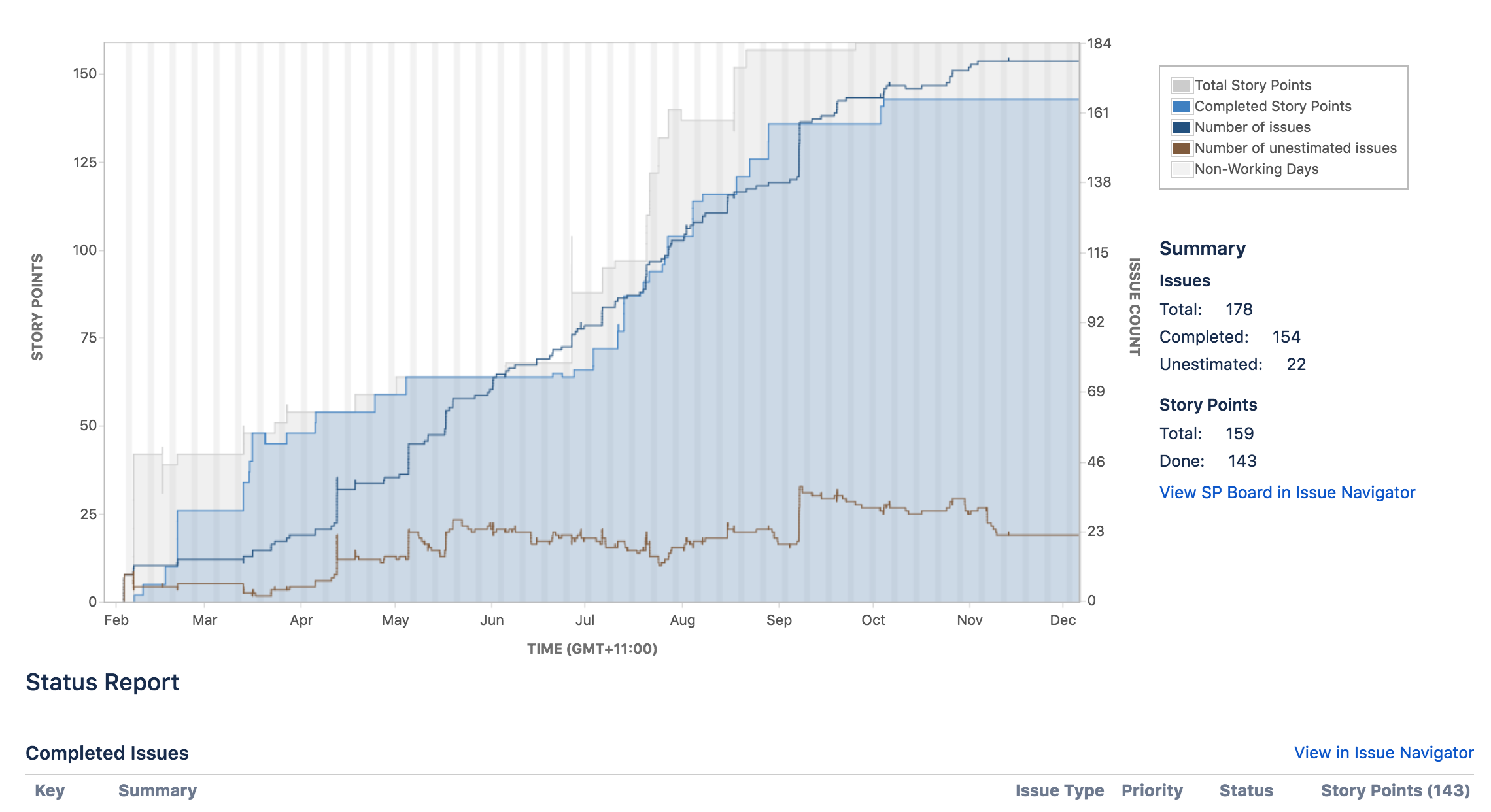
To complete an epic navigate to the backlog or timeline.
Automation is a great way to ensure your epics, stories, and sub-tasks always stay in sync. See one of the most common use cases in the Jira automation template library.
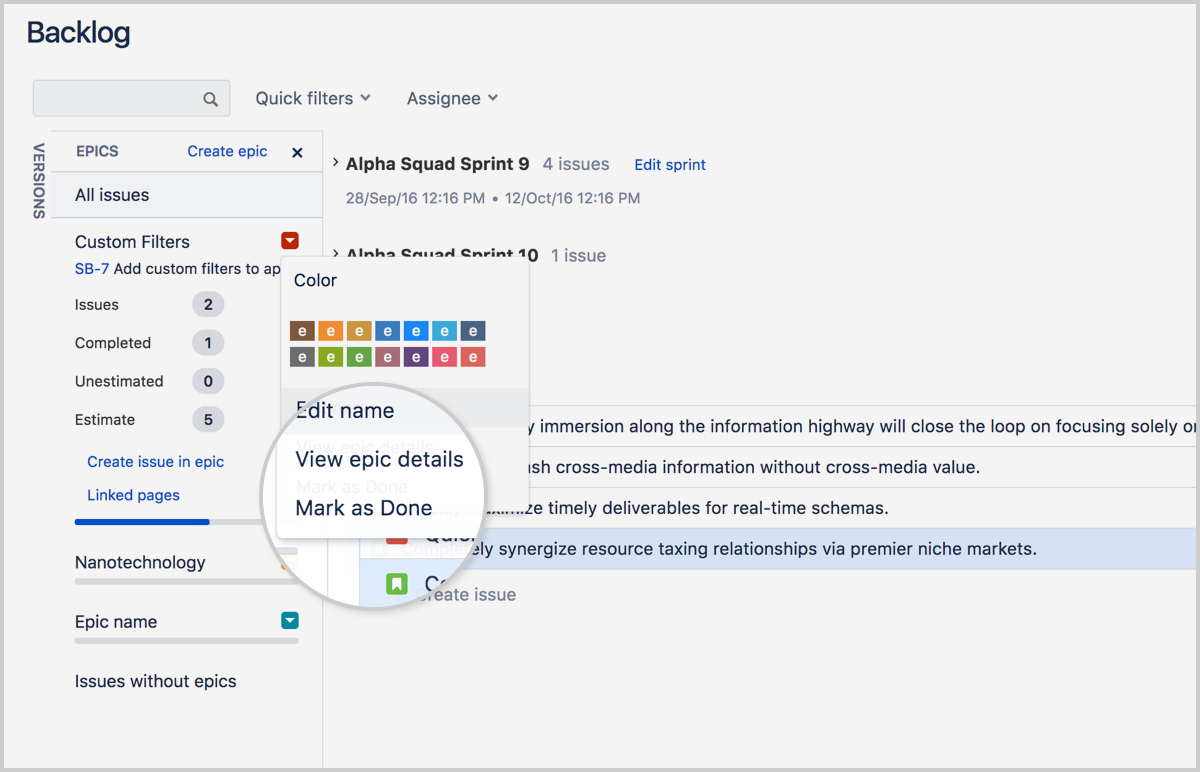
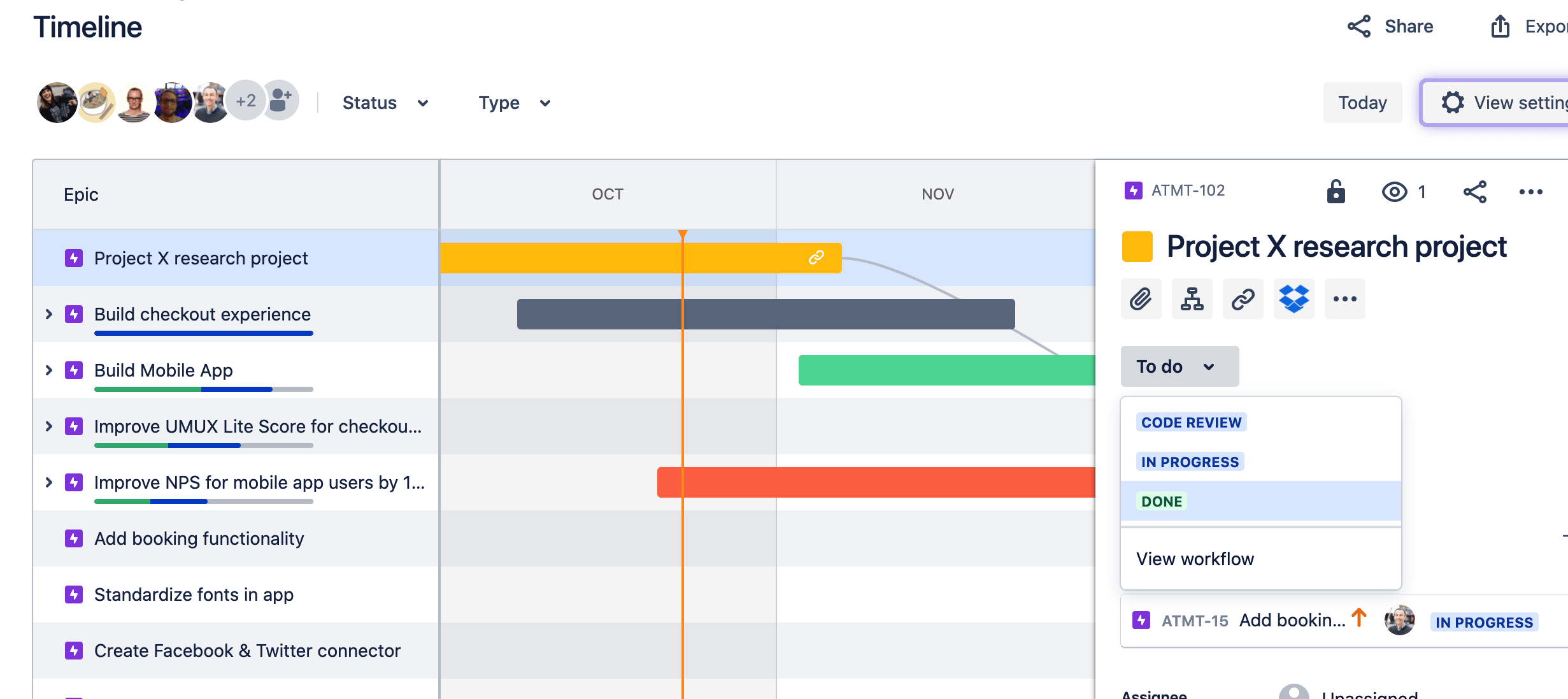
Mark your epic as done whenever all work for the epic is complete. To make this easier, we recommend coming up with a clear definition of done for your epic. Any stories linked to the epic don't have to be complete to mark an epic as done.
For more detailed information on working with sprints in Jira, check out our sprints tutorial.
The Timeline is a place where you can create, manage, and visualize your team's epics. The timeline view is useful for planning large pieces of work several months in advance and to bundle together similar stories across different sprints.
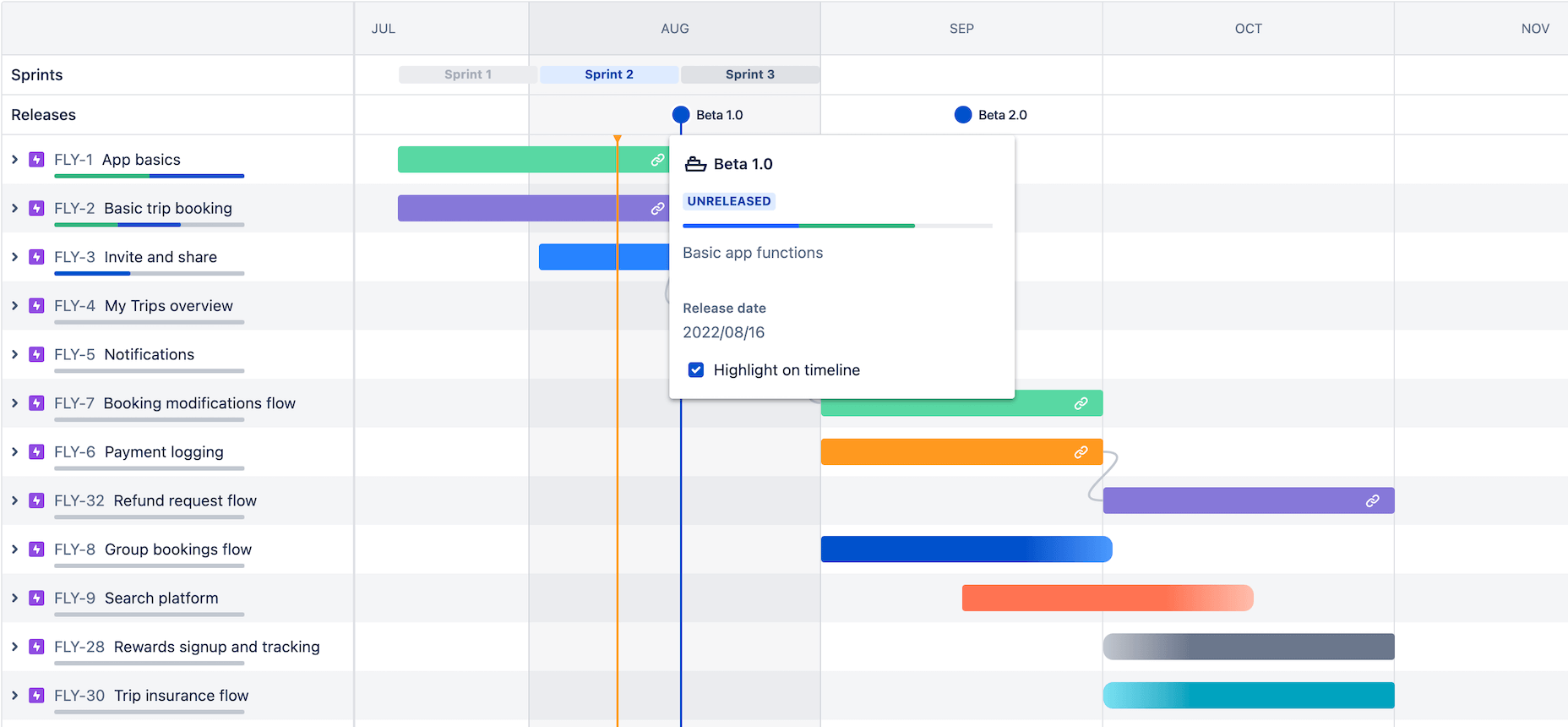
There are three ways to create epics in Jira, from the Timeline, Backlog, and using the Global Create issue button. When you create an epic, you'll need to enter the following details:
Epics are created and managed on the Timeline. The Timeline is useful for visualizing and planning large pieces of work that may be in progress right now or you may prioritize in the future.
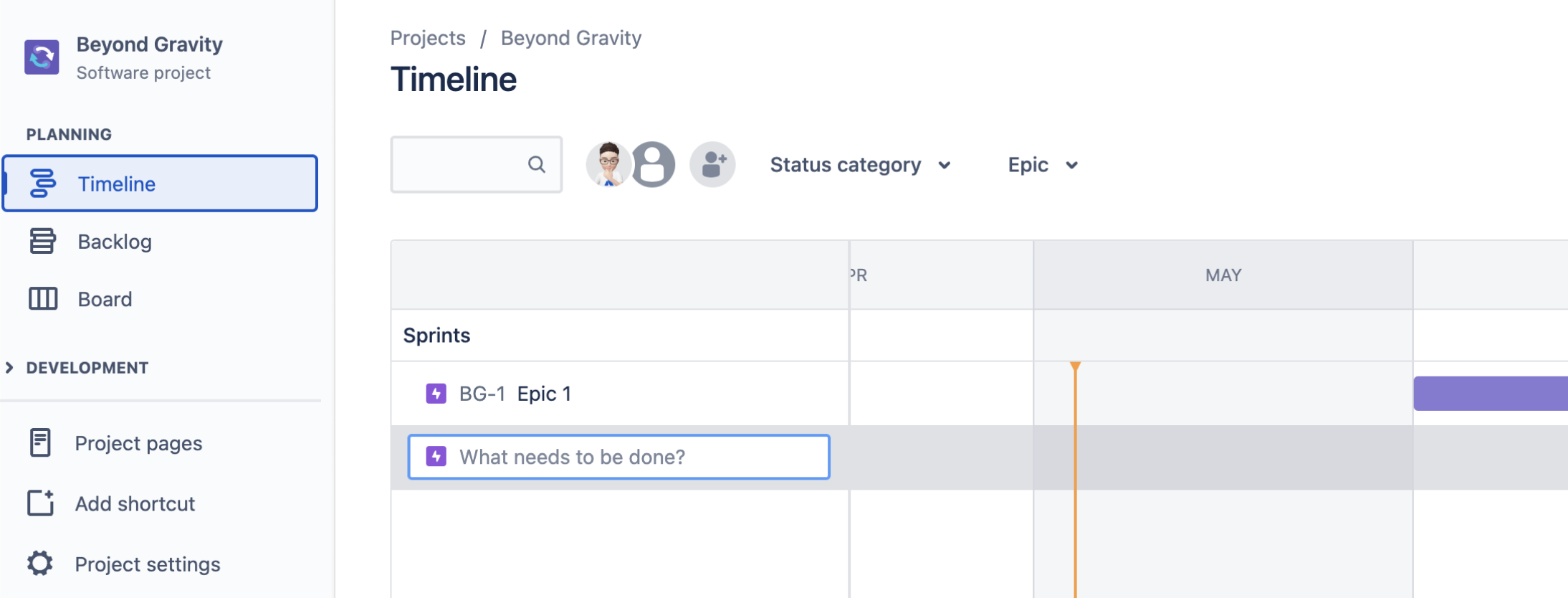
You can create epics and any other issue types from any screen using the global navigation menu. If you create an epic from your board view that epic will only display on your timeline or backlog.


To use a backlog for kanban toggle on your backlog feature in the board settings. See Enabling the Kanban backlog for more information.


From the Timeline, drag the edges of the epic bar to modify the start and due dates. You can also edit these dates by clicking an epic in the Timeline or Backlog. While setting start and due dates isn’t required, we recommend you do to help with long-term planning.

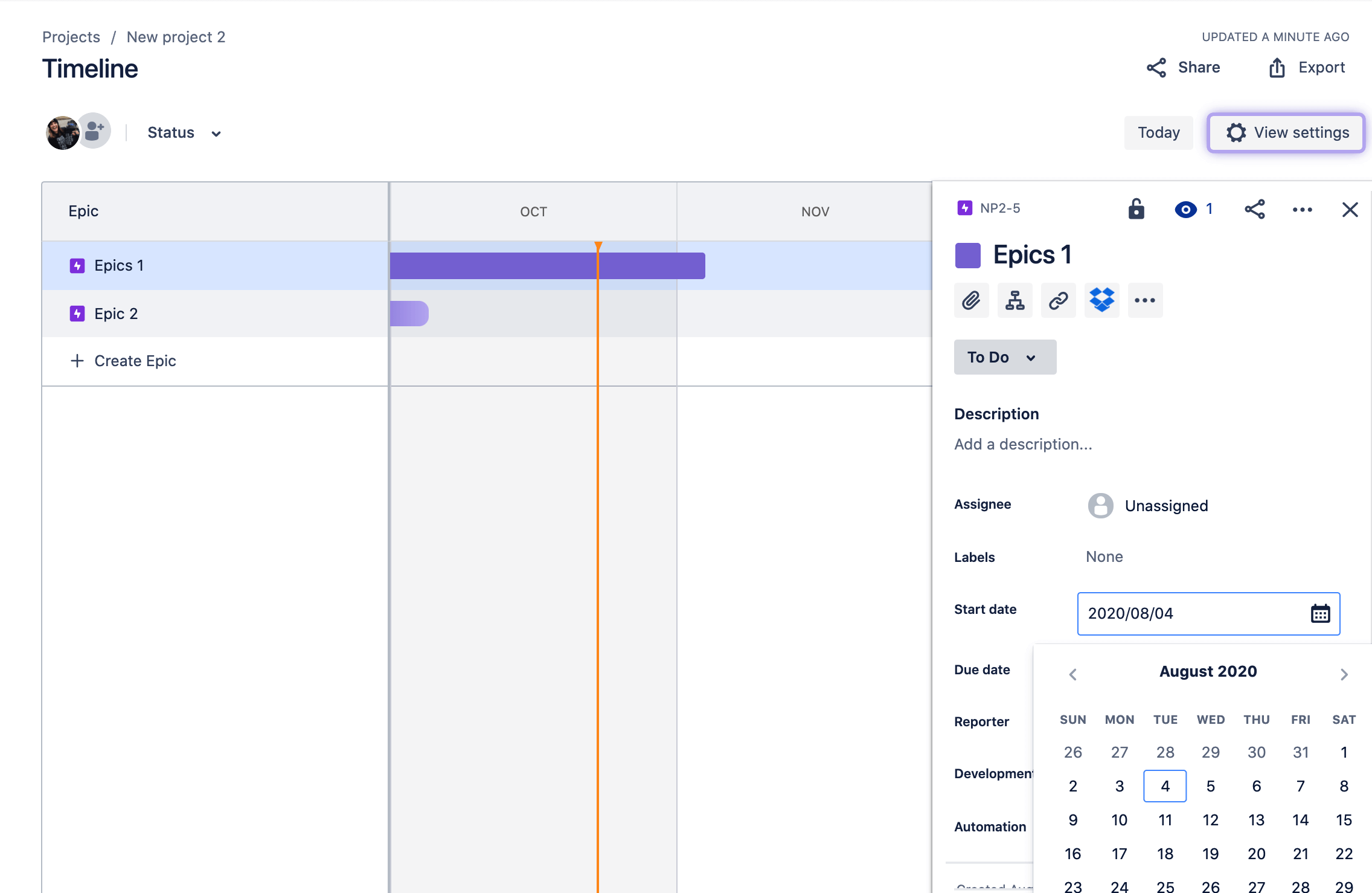
You can add new child issues to an epic directly from the Timeline, Backlog, or Board within the issue details.
What's the difference between epics and other issue types?Stories, bugs, and tasks describe a single piece of work, while epics are used to describe a group of issues that all relate to the same, larger body of work. Epics are typically completed over several sprints, or a longer time frame if you don't use sprints. Check out our guide on delivery vehicles to learn how agile teams gracefully manage scope and structure work. You can also reference the guide to working with issues in Jira.
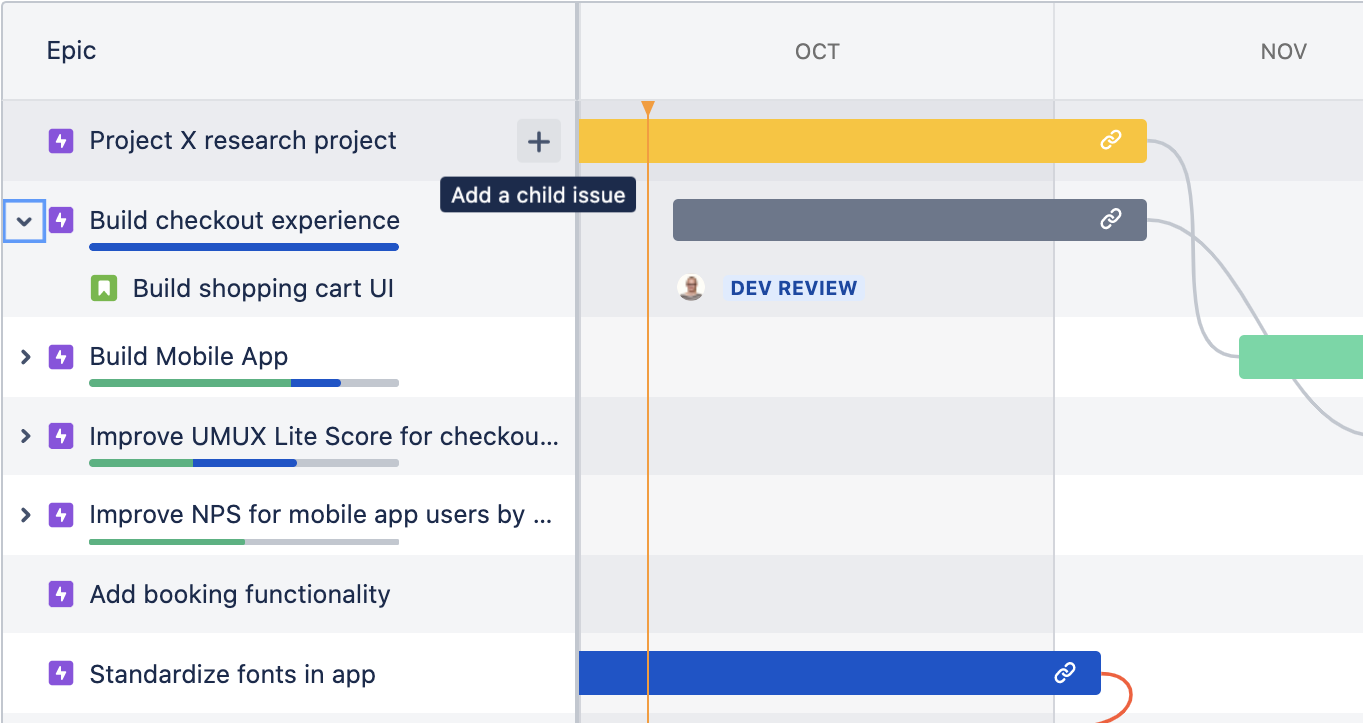
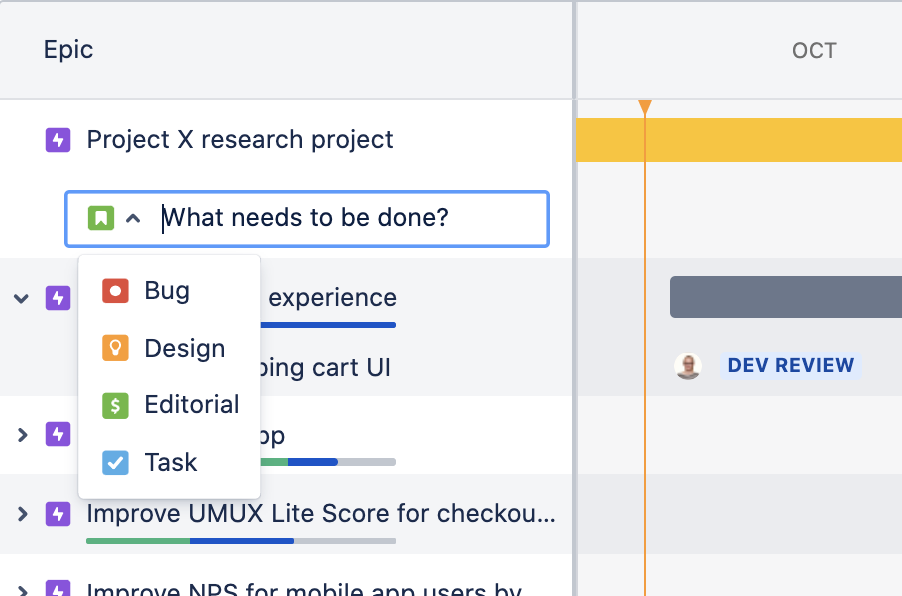
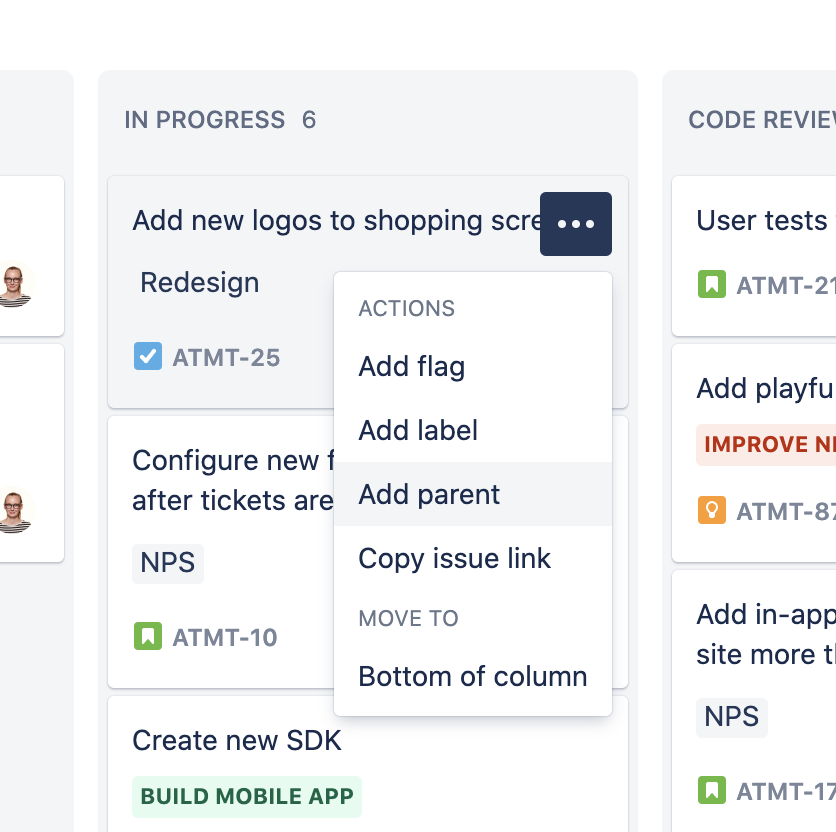
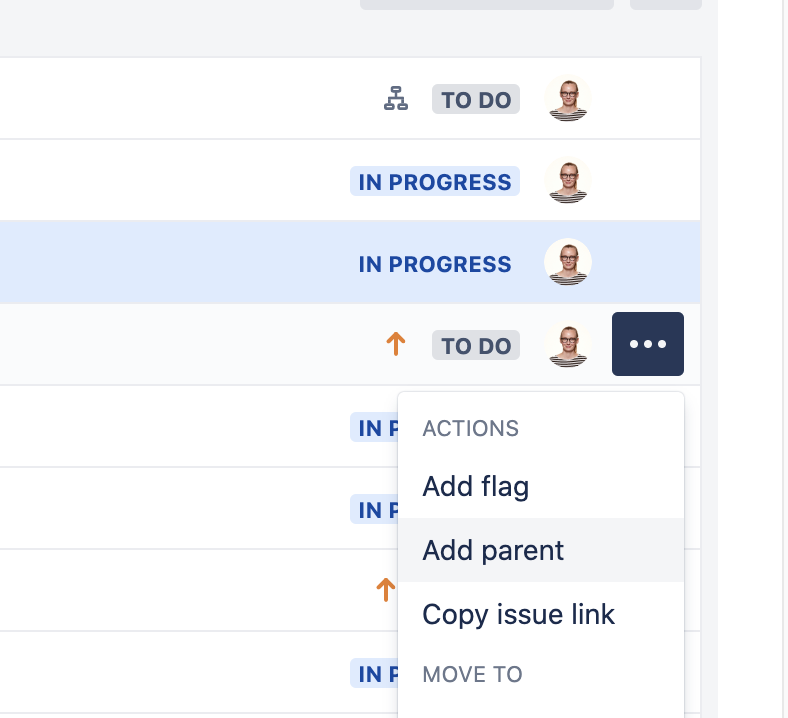
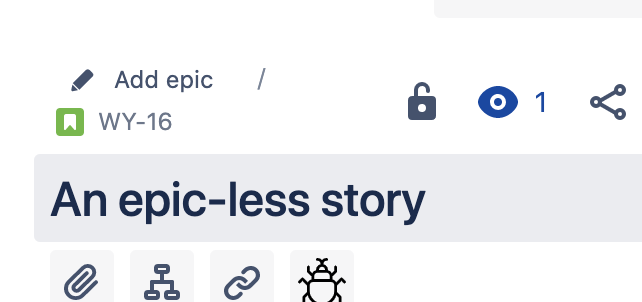
In issue detail view from board or backlog
Pro tip: You can select multiple issues with Command + Click on Mac or Ctrl + Click on Windows, and add them all to an epic at the same time.
You can view an epic's details, like start date, due date, and child issues by selecting the epic in the timeline or backlog.
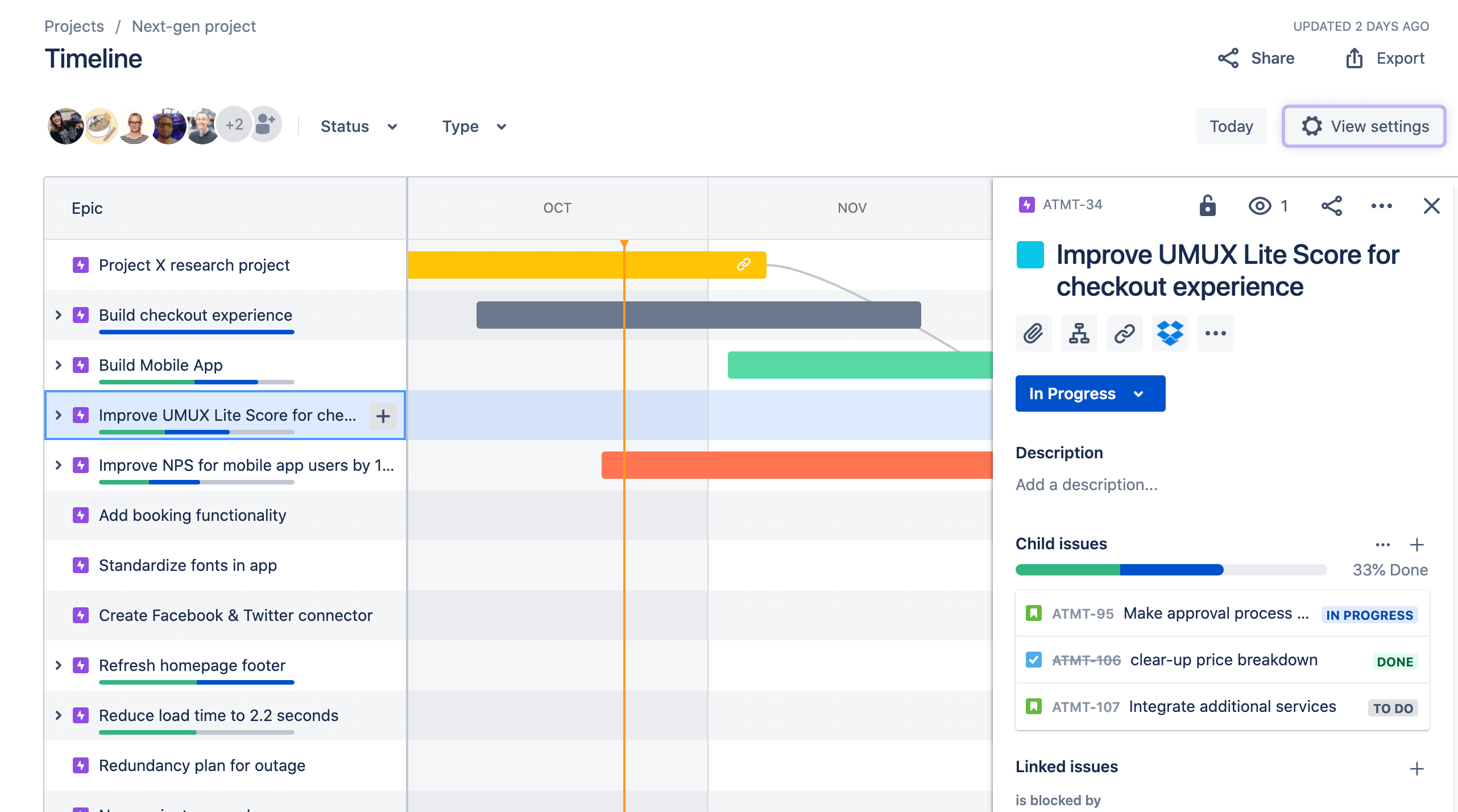
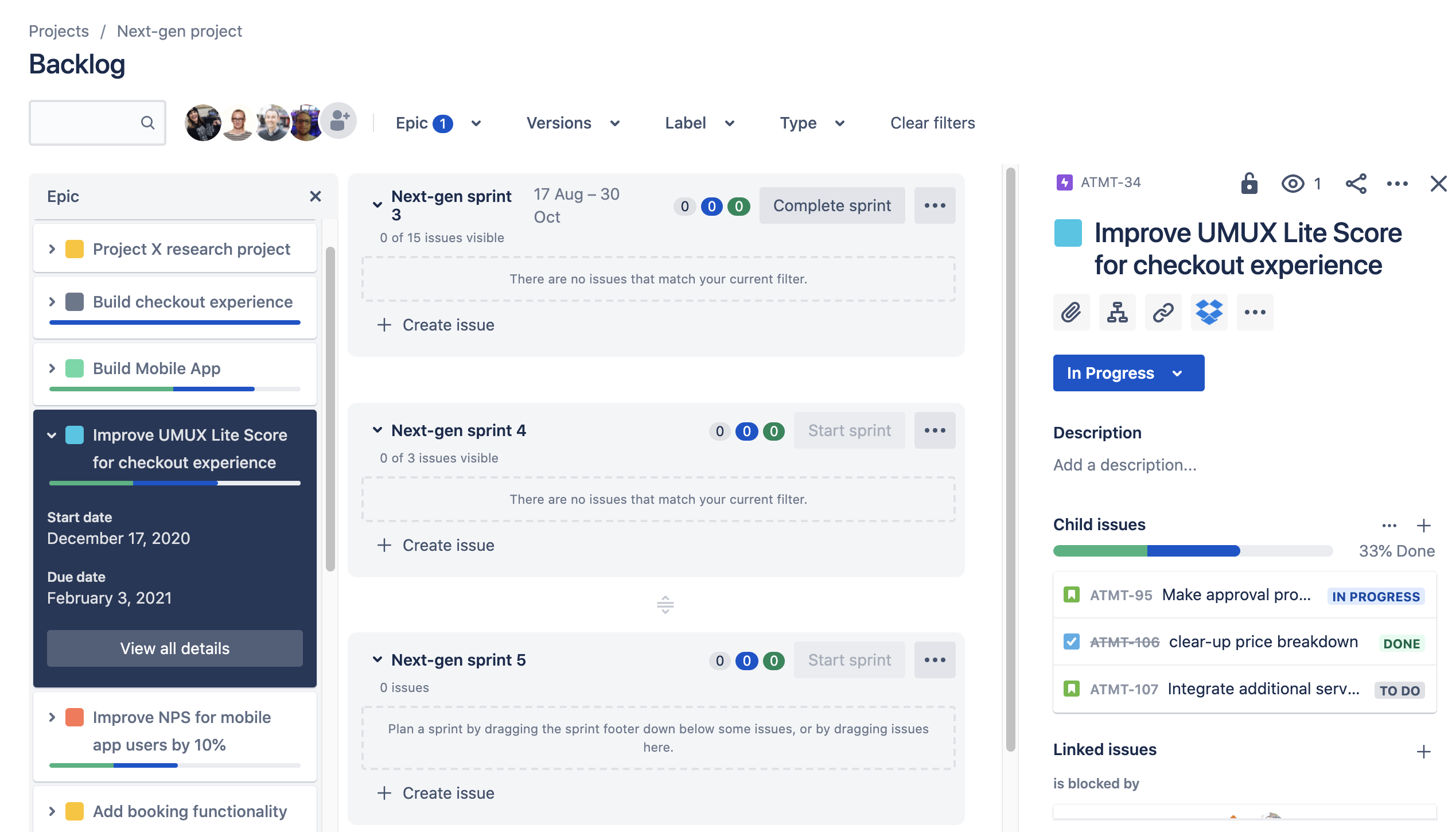
During a sprint, you might find it useful to divide your board into swimlanes for each epic, to easily visualize your progress. To set this up in your team-managed project:
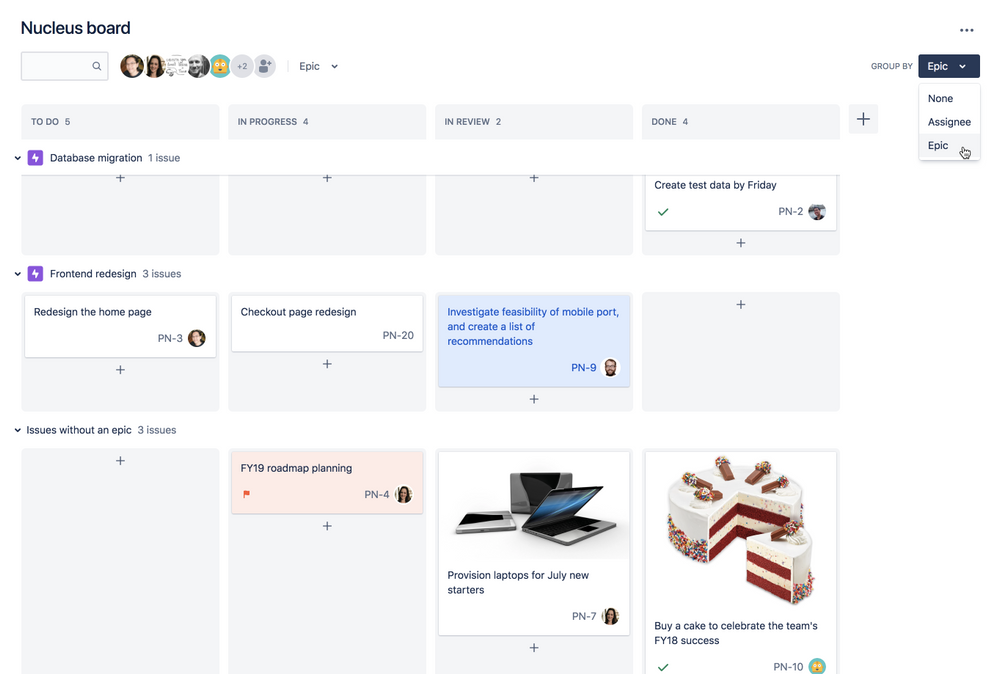
Pro tip: You can create issues under an epic swimlane to quickly add a new issue to an epic. This also works if you've selected an epic in your filter.
Once all the work for an epic is completed, you should mark it as complete on the timeline.
To complete an epic:
Mark your epic as Done whenever all work for the epic is complete. To make this easier, we recommend coming up with a clear definition of done for your epic when you create it. Child-issues don't have to be complete to mark an epic as done.
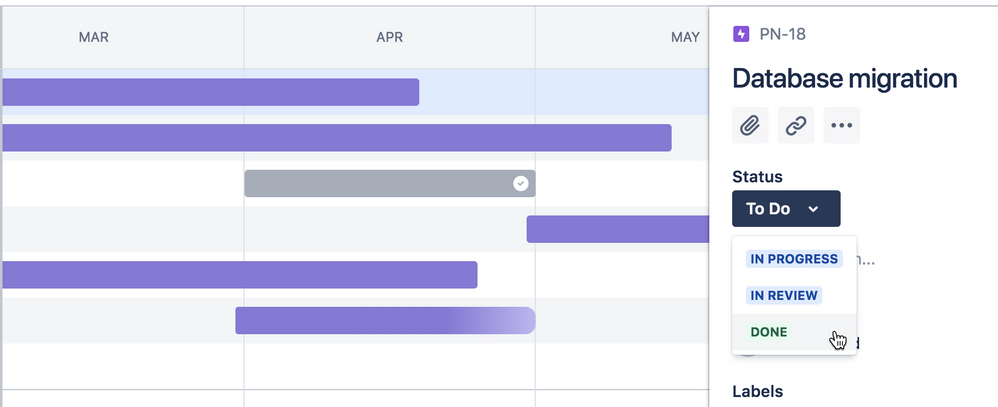

Kelly is a Product Marketer on the Jira team. She is passionate about continuous improvement and helping teams work better together. Before Atlassian, Kelly led agile adoption and transformation efforts across Marketing teams, which included scaling Jira and Confluence across 10+ business units and hundreds of users. When she is not busy telling the world about the power of Atlassian tools for teams, you can find her practicing yoga or walking her dogs around the hills of San Francisco.